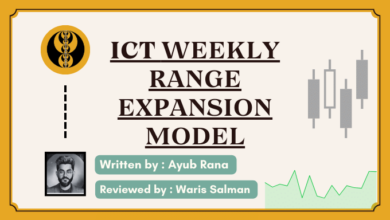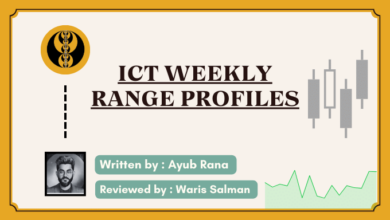Supply and Demand in Forex Trading – SMC Strategy

Are you struggling with your trading journey and want to master Supply and Demand trading strategy to level up your trading skills?
Price of any asset depends on the supply and demand of that asset in the market.
Supply means availability of the asset against demand, When the supply of asset is more than the demand, Its prices may fall.
Demand means willingness of buyer to buy an asset at market price, when demand of an asset is more than the supply, its prices may rise.
In trading supply zone is an area of price in the market where many sell orders are placed due to which the supply of asset increases and price of asset falls.
While on the other hand demand zone is an area of price in the market where many buy orders are placed due to which demand of asset increases and price of asset rises.
In this article, we will teach you all about supply and demand trading strategy from definition to its identification to its use in trading along with visual examples.
Purpose of Supply and Demand zone?
Supply and demand zone are key areas in the price chart to which traders pay attention to execute a buy or sell trade. Supply and demand zone can also be helpful in capturing a reversal as well as continuation trade in the trendy market.
These areas are important because mostly market give a quick reaction from these areas as in Smart Money Concepts it is believed that institutional traders enter in this area with huge volume leading to high supply or demand.
That is why retail traders wait for the market to test these supply or demand zones to execute their sell or buy trades and follow foot prints of institutional traders.
How to identify Supply and Demand zone?
To identify supply and demand zone in the market, we first have to understand basic market structure.
(I) Break of Structure (BOS)
When market is in a trend, it breaks the previous structure in the direction of that trend and continues the trend which is called break of structure (BOS).
Like in bullish trend market breaks previous high and makes a higher high, while in bearish structure market breaks previous low and makes a lower low, as you can see an illustration below:

(II) Change of Character (CHOCH)
When market changes the trend it breaks structure in opposite direction of trend and makes new trend which is called reversal or change of character (CHOCH).
As market reverses from bearish trend to bullish, it breaks the previous lower high and makes a new higher high and similarly when the market reverses from bullish trend to bearish, it breaks the previous higher low and makes a new lower low as you can see an illustration below:

once you have understood the above market structures, now lets move to identification part.
Supply Zone Identification
As supply zone is the area in the market from where prices fall quickly so a supply zone will be found and will be useful in a bearish trend.
So before a change of character from bullish to bearish and before a break of structure in bearish trend, a retracement after which prices fell quickly and strongly are called supply zones. Retracement can be with a single bullish candle or with number of bullish candles.

Demand Zone Identification
As demand zone is the area in the market from where prices rise quickly so a demand zone will be found and will be useful in bullish trend.
So before a change of character from a bearish to bullish and before a break of structure in bullish trend, a retracement after which prices rise quickly and strongly are called demand zones. Retracement can be with a single bearish candle or with number of bearish candles.

How to Trade Using Supply and Demand Strategy?
To trade using supply and demand zone we need to identify market trend first.
In bullish trend after a bullish CHOCH or BOS, we have to identify demand zone. When the market retraces back and approaches the demand zone, we can buy at that test.
But if the demand zone is a large area, we should wait for the market to test at least 50% of demand zone in conjugation with other confirmations like market structure shift in a lower time frame.
While executing a buy trade at demand zone, our stop loss will be 10/20 pips below the low of demand zone.
While In a bearish trend after a bearish CHOCH or BOS, we have to identify supply zone. When the market retraces back and approaches the supply zone, we can sell at that test.
But if the supply zone is a large area, we should wait for the market to test at least 50% of supply zone in conjugation with other confirmations like market structure shift in a lower time frame.
While executing a sell trade at supply zone, our stop loss will be 10/20 pips above the high of supply zone.
Final Thoughts
While using a supply and demand in forex trading, we should keep in mind that no strategy is foolproof in forex, so you should not risk all your capital on this strategy.
Plus to mitigate your risks, you should always trade with stop loss in place to keep your equity safe.



